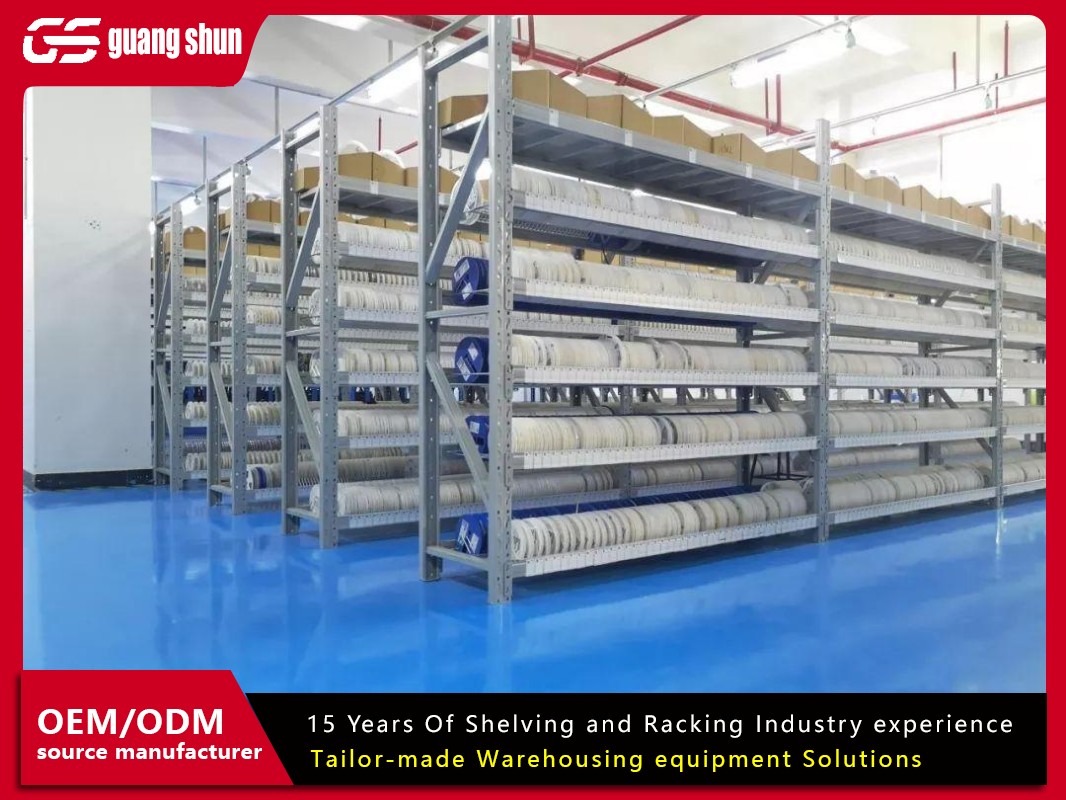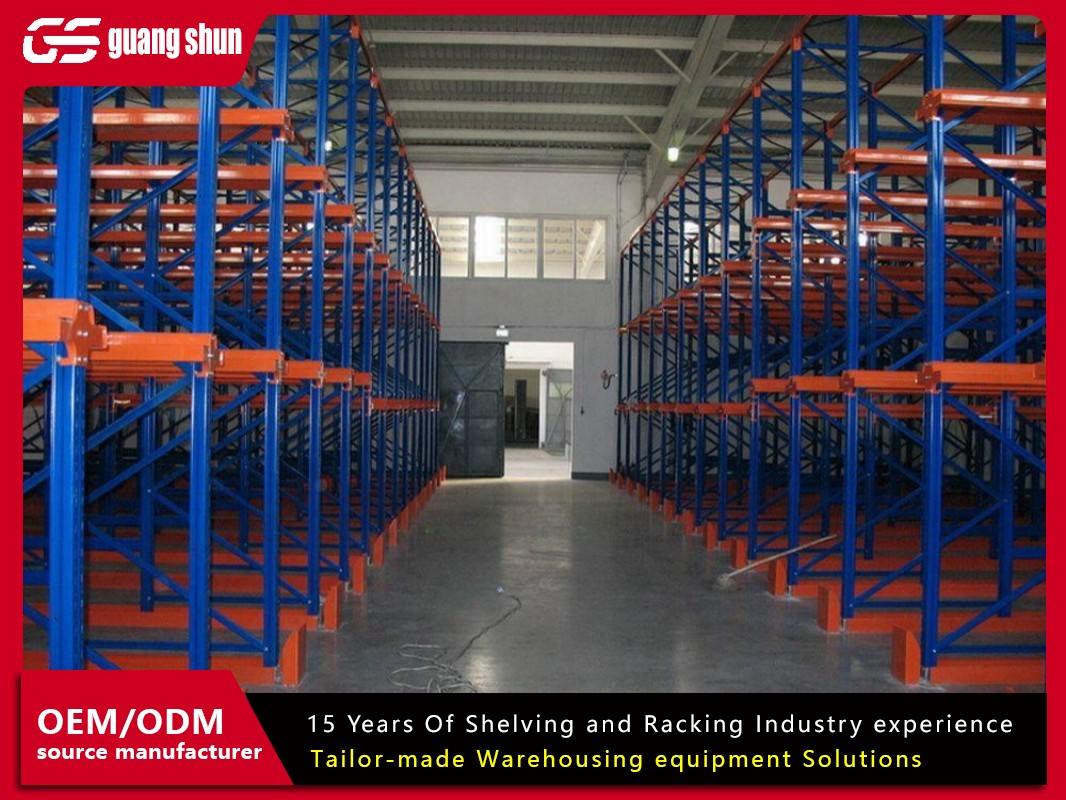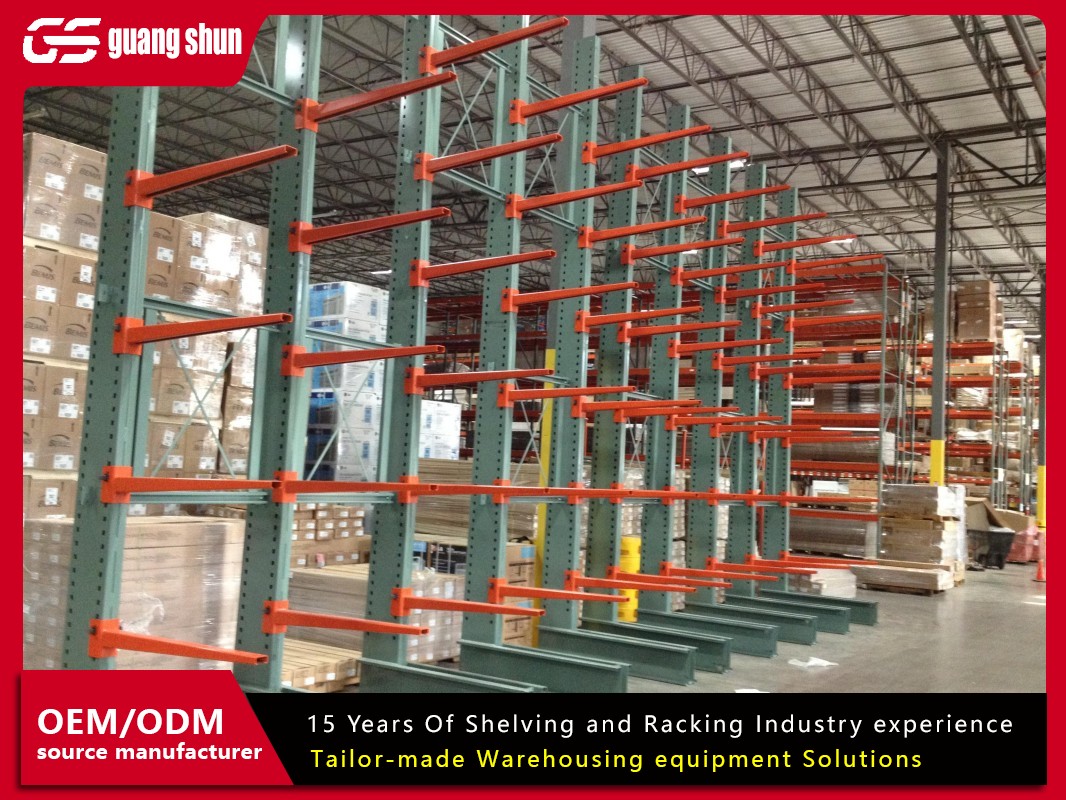In the world of logistics, supply chain management, and inventory control, space is a premium currency. Maximizing every square foot of your storage facility is not just a goal; it's a necessity for efficiency, safety, and profitability. This is where the unsung hero of the modern warehouse comes into play: the warehouse rack system. Far more than just simple metal shelves, these engineered structures are the backbone of storage operations, designed to support immense weight, optimize space, and streamline workflow.
Choosing the right warehouse rack system is one of the most critical decisions a warehouse manager or business owner can make. The wrong choice can lead to inefficiencies, safety hazards, and wasted capital. This comprehensive guide will delve into the seven most common types of warehouse rack systems , explore key factors for selection, outline installation and maintenance best practices, and address the five most common problems faced with these systems.
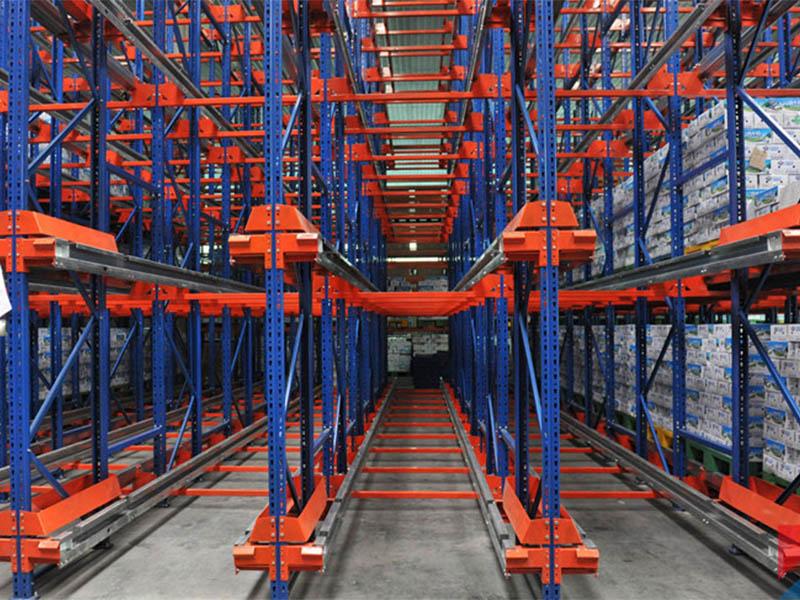
Understanding the Critical Role of Warehouse Rack Systems
A warehouse rack system is a structured storage solution designed to store materials, goods, and inventory in an organized and accessible manner. They elevate storage from floor-level to vertical space, dramatically increasing a facility's storage density and capacity. The primary goals of implementing any warehouse rack system are to:
Maximize Vertical Space: Utilize the full cube of the warehouse, from floor to ceiling.
Improve Accessibility: Allow for organized storage and faster picking and putting away of goods.
Increase Efficiency: Support organized workflows like FIFO (First-In, First-Out) or LIFO (Last-In, First-Out).
Enhance Safety: Provide secure, stable storage for heavy loads, reducing the risk of accidents and product damage.
Support Inventory Management: Make inventory counts and location tracking more manageable.
The 7 Most Common Types of Warehouse Rack Systems
Not all storage needs are the same, and thankfully, neither are warehouse rack systems. Here are the seven primary types you're likely to encounter.
1. Selective Pallet Racking
This is the most ubiquitous and versatile type of warehouse rack system. It consists of vertical upright frames connected by horizontal load beams, creating bays where pallets are placed directly on the beams. Its key feature is that each pallet is individually accessible (selective), making it ideal for warehouses with a high SKU count where every load might be different.
2. Drive-In/Drive-Through Racking
Designed for high-density storage of homogeneous products, this system eliminates access aisles. Instead, forklifts drive directly into the rack structure to place and retrieve pallets. Drive-in racking has an entrance on one side, following a LIFO principle, while drive-through has entrances on both ends for FIFO. It's perfect for cold storage or storing large quantities of the same product.
3. Push-Back Racking
A popular high-density, dynamic storage system. Push-back racking features carts nested on inclined rails within the rack structure. When a pallet is loaded, it pushes the previous pallets back. When retrieving a pallet, the next one moves forward by gravity. It typically stores 2-6 pallets deep per side, offering better selectivity than drive-in while still providing good density.
4. Pallet Flow Racking
This is a high-density, FIFO system that uses gravity to move inventory. The structure is built on a slight decline, and wheels or rollers are installed on the rails. Pallets are loaded at the higher end and flow gently to the lower end for picking. It's exceptionally efficient for perishable goods, product rotation, and high-throughput operations.
5. Cantilever Racking
Ideal for storing long, bulky, or irregularly shaped items like lumber, pipes, furniture, or rolls of carpet. Cantilever racks consist of a vertical column (upright) with arms that extend outward to support the load. This design provides unobstructed access from the front, making loading and unloading awkward items much simpler.
6. Mobile Pallet Racking
This system mounts standard selective racks on motorized mobile bases that move on tracks embedded in the floor. To access a specific aisle, the other aisles are compacted together, creating just one open aisle at a time. This can increase storage capacity by up to 80% compared to static systems, as it virtually eliminates all but one aisle.
7. Mezzanine Flooring
While not a "rack" in the traditional sense, a mezzanine is a crucial storage system that creates a second or third level within a warehouse. It effectively doubles your available floor space for activities like bulk storage, office space, or packaging lines, working in tandem with the warehouse rack system below.
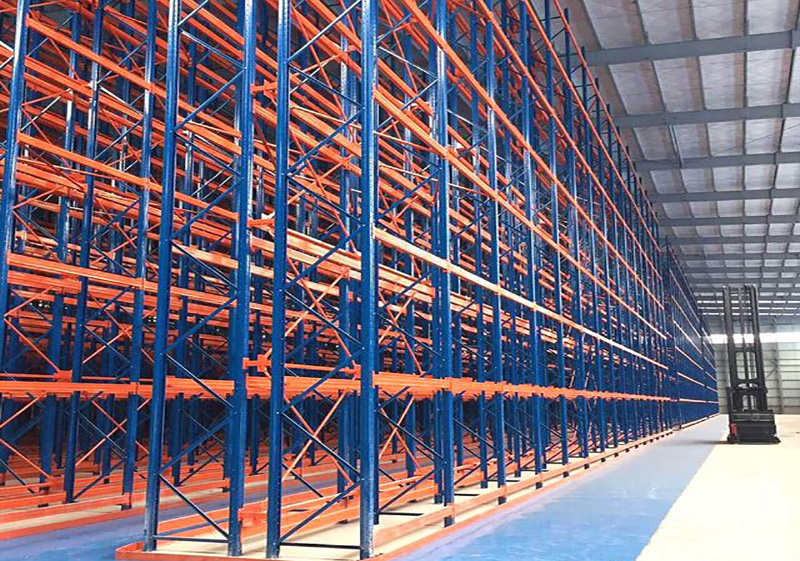
How to Choose the Right Warehouse Rack System: 5 Key Factors
Selecting the ideal system requires a careful analysis of your specific operation.
Inventory Characteristics: What are the dimensions and weight of your pallets or products? How many SKUs do you have? Is your product homogeneous?
Throughput & Accessibility: How quickly do you need to turn over inventory? Do you need access to every pallet at all times (FIFO vs. LIFO)?
Available Space: What are the dimensions of your building, including clear ceiling height? This is the most significant limiting factor.
Equipment Compatibility: What type of forklifts or material handling equipment (MHE) do you use? The rack system must be compatible with your MHE's reach, lift height, and maneuverability.
Budget: Consider both the initial capital investment and the long-term ROI. Higher-density systems often have a higher upfront cost but can offer massive savings in space utilization.
The Installation and Maintenance of Your Racking System
Professional installation by certified technicians is non-negotiable for a warehouse rack system. An improperly installed system is a catastrophic safety risk. Maintenance is an ongoing responsibility.
Regular Inspections: Implement a schedule for daily visual checks by operators and more formal quarterly or semi-annual inspections by a designated safety officer or racking engineer.
Immediate Repairs: Any damaged component—a bent upright, a cracked beam, a missing connector—must be reported and replaced immediately with OEM (Original Equipment Manufacturer) parts. Do not attempt field modifications.
Load Capacity: Never exceed the designated maximum load capacity for any beam or overall bay. Clear signage should be posted throughout the facility.
5 Common Problems and Solutions with Warehouse Rack Systems
Even the best systems encounter issues. Being proactive is key to safety and efficiency.
Problem 1: Damage from Forklift Impact
This is the most frequent issue. Collisions can bend uprights, dislodge beams, and weaken the structural integrity of the entire warehouse rack system.
Solution: Implement rigorous forklift operator training. Install protective safeguards like column guards, rack protectors, and aisle-end barriers. Enforce speed limits and ensure adequate lighting.
Problem 2: Improper Loading or Overloading
Placing too much weight on a beam or using the racking incorrectly (e.g., not centering loads) can lead to catastrophic failure.
Solution: Clearly label the load capacity for every beam level. Train all warehouse staff on proper loading procedures. Enforce rules against overloading.
Problem 3: Poor Design or Installation
A system not designed for your specific inventory, equipment, or building can lead to low utilization, unsafe conditions, and wasted money.
Solution: Always work with a reputable and experienced warehouse rack system provider and installer. They will conduct a thorough site survey and needs analysis before proposing a solution.
Problem 4: Lack of Maintenance and Inspection
Ignoring small issues leads to big problems. A minor bend can become a major failure under load.
Solution: Establish and diligently follow a formal inspection and preventive maintenance program. Create a culture where employees feel empowered to report damage without blame.
Problem 5: System Becomes Obsolete
Business needs change. Your current warehouse rack system might not support new products, higher volumes, or different workflows.
Solution: Choose a modular and adaptable system from the start. Work with your provider to understand reconfiguration options. Periodically review your storage strategy to ensure it still aligns with business goals.
A warehouse rack system is a significant investment, but it is the foundational element that dictates the flow, safety, and capacity of your entire operation. There is no one-size-fits-all solution. By thoroughly understanding the different types of systems, carefully analyzing your needs, partnering with a qualified expert, and committing to a rigorous safety and maintenance culture, you can select and maintain a warehouse rack system that drives efficiency, protects your assets, and scales with your business for years to come.



